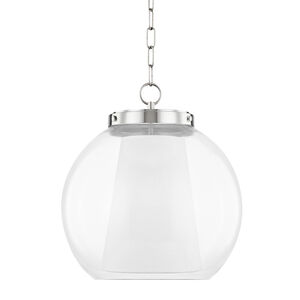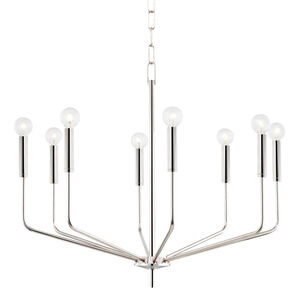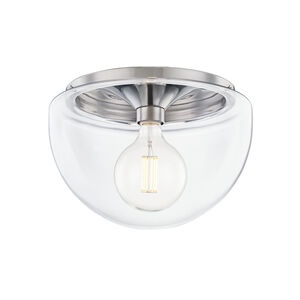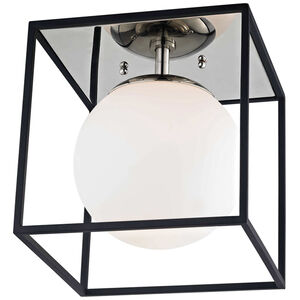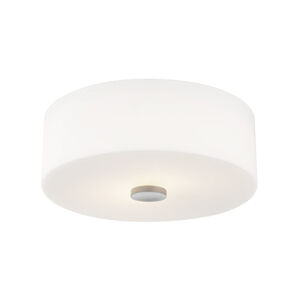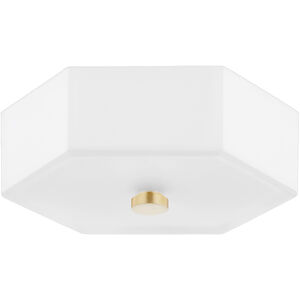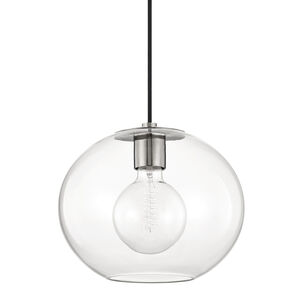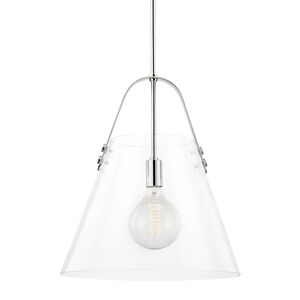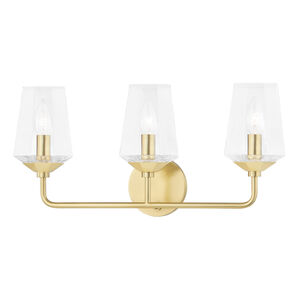Public Library Lighting | Fixtures & Design - Lighting New York
Illuminating Minds: A Guide to Superior Library Lighting
The Challenge: Creating the Ideal Library Atmosphere
Libraries are more than just repositories of books; they are community hubs, centers for learning, and spaces for quiet contemplation. The right lighting is crucial to creating an environment that supports all these functions. Poor lighting can lead to eye strain, fatigue, and a general sense of unease, hindering both study and relaxation. This is where thoughtful lighting design becomes essential.
Libraries face a unique challenge: balancing the need for ample illumination for reading and research with the desire to create a welcoming and comfortable atmosphere. Natural light is often ideal, but it's not always sufficient or consistent. This means carefully selecting and strategically placing artificial light sources to achieve optimal results.
The Solution: Strategic Lighting for Every Library Space
Effective library illumination involves a multi-layered approach, considering the specific needs of different areas. From the entrance to the reading rooms, each space requires a tailored lighting strategy.
Task Lighting for Focused Work
Task lighting is paramount for individual study areas. Desk lamps, adjustable fixtures, and focused spotlights can provide the direct illumination needed for reading and writing without creating glare or shadows. Careful consideration should be given to the color temperature of the light, as cooler temperatures are generally more conducive to concentration.
Ambient lighting provides the overall illumination for a space. In libraries, this often takes the form of recessed lighting, pendant lights, or even strategically placed floor lamps. The goal is to create a consistent level of light that is comfortable and inviting. The selection of fixtures should complement the library's overall aesthetic and architectural style.
Accent lighting is used to highlight specific features, such as artwork, displays, or architectural details. It can add visual interest and create a more dynamic environment. In libraries, accent lighting can be used to draw attention to special collections or to create a focal point in a reading room.
Success: A Well-Lit Library for a Thriving Community
When lighting is done right, the library becomes a more inviting, functional, and inspiring space. Patrons can easily find what they need, focus on their studies, and enjoy the overall atmosphere. Staff benefit from improved visibility and a more comfortable working environment.
A well-lit library can also contribute to energy efficiency and cost savings. By using LED lighting and implementing smart lighting controls, libraries can reduce their energy consumption and lower their operating costs. Additionally, proper lighting design can enhance the safety and security of the library, making it a more welcoming place for everyone.
Selecting the right fixtures can be a daunting task, but it's an investment that pays off in the long run. By considering the specific needs of each area, the library's overall aesthetic, and the importance of energy efficiency, libraries can create a space that is both functional and beautiful.
Popular finishes for library fixtures often include brushed nickel, bronze, and matte black. These finishes offer a timeless and sophisticated look that complements a variety of architectural styles. Product style comparisons might involve evaluating the pros and cons of recessed lighting versus pendant lighting, or comparing different types of task lamps for individual study areas. ```
Mitzi
Commonly Asked Questions About Lamps Library Light public library lighting
Q: How can I create a welcoming and inviting atmosphere in my personal reading nook using lighting principles inspired by public libraries?
A: Think about layering your light! Public libraries often use a combination of ambient lighting (like overhead fixtures or lamps that spread light evenly), task lighting (such as a focused desk lamp for reading), and accent lighting (perhaps a small spotlight highlighting a favorite bookshelf) to create a warm and inviting space. By mimicking this approach, you can create a similar cozy and functional reading area in your home.
Q: What types of lighting fixtures are typically used in public libraries to promote concentration and reduce eye strain?
A: Public libraries often utilize lighting fixtures that provide consistent and glare-free illumination. Consider fixtures with diffusers or shades that soften the light, reducing harsh shadows and minimizing eye strain. Well-lit spaces naturally encourage focus and a more comfortable reading experience.
Q: How does lighting contribute to the overall aesthetic appeal of a public library, and how can I replicate this in my own home?
A: Lighting plays a significant role in shaping the ambiance of a public library! Fixtures are often chosen not only for their functionality but also for their design. Incorporating stylish lamps, sconces, or even chandeliers can add a touch of elegance and personality to your space, creating a visually appealing environment that enhances the joy of reading.
Q: What role does natural light play in public library design, and how can I maximize natural light in my home to create a similar effect?
A: Public libraries often prioritize natural light to create bright and airy spaces! To maximize natural light in your home, consider using sheer curtains or blinds that allow sunlight to filter through while maintaining privacy. Strategically placing mirrors can also help reflect and distribute natural light throughout the room, creating a more vibrant and uplifting atmosphere.
Q: Are there any specific lighting color temperatures that are commonly used in public libraries to create a comfortable and productive environment?
A: Public libraries often use warmer color temperatures (around 2700-3000 Kelvin) for general ambient lighting to create a welcoming and relaxing atmosphere. For task lighting, slightly cooler temperatures (around 3500-4000 Kelvin) are sometimes used to promote alertness and focus. You can experiment with different color temperatures in your own home to find what works best for your needs and preferences. If you have any questions, consult a professional electrician.

